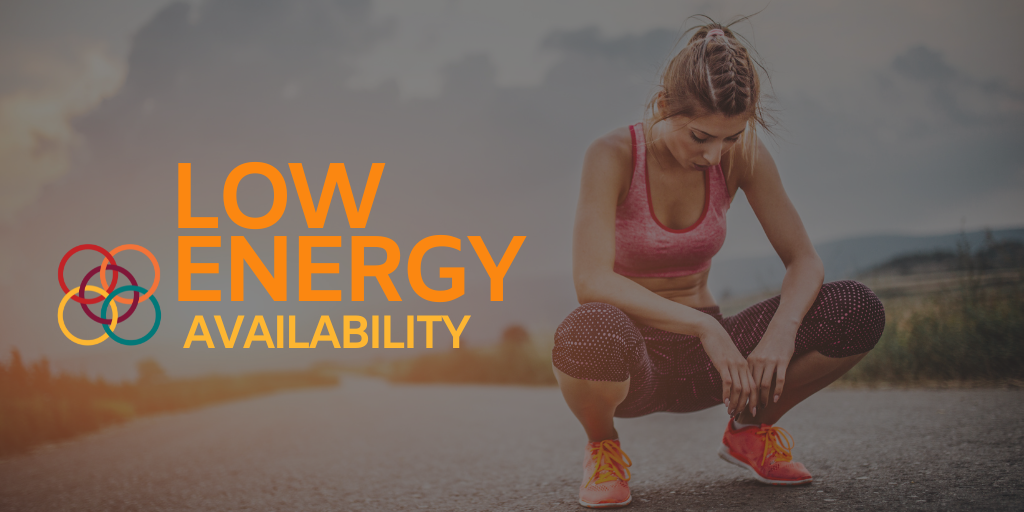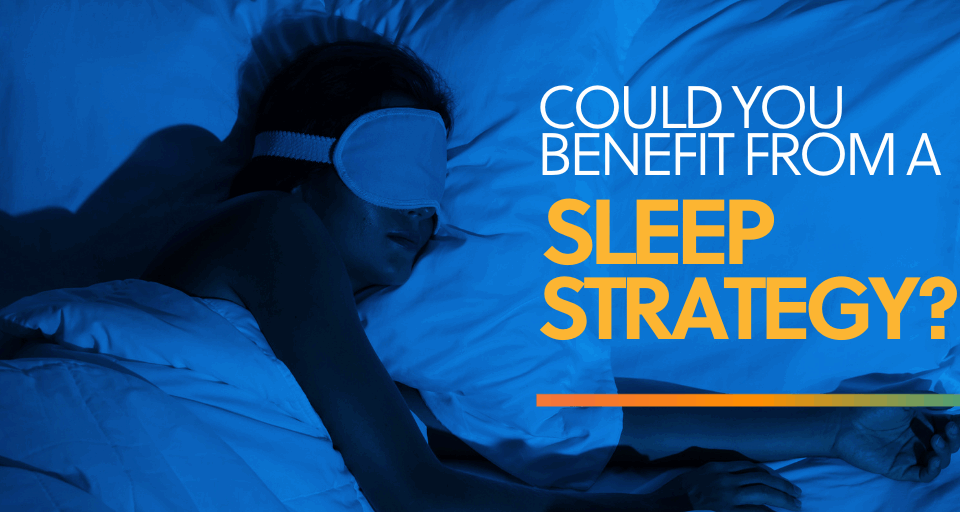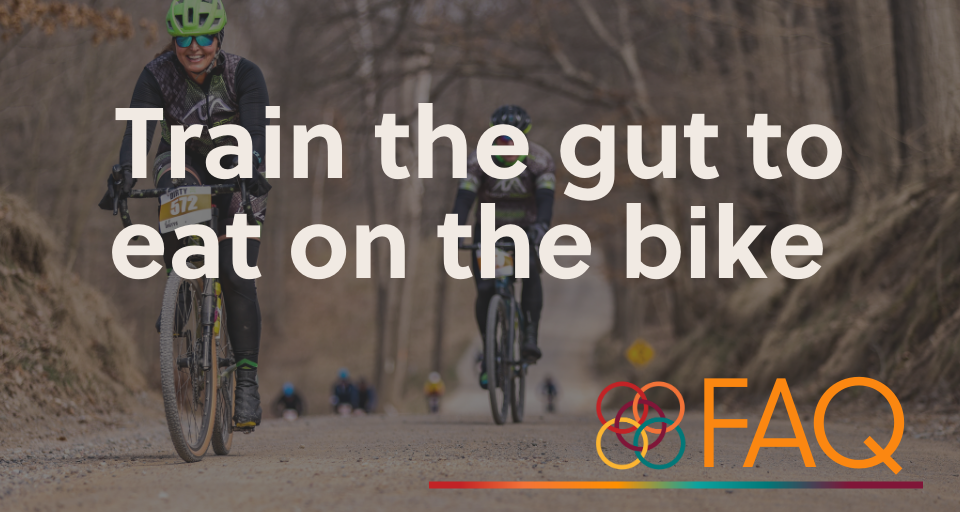
Just the Facts: Mobility Misconceptions Debunked
March 9, 2025
26.2 Reflections: My First Marathon
July 3, 2025A Dietitian's Advice for Avoiding the Pitfalls of Low Energy Availability
Low Energy Availability (LEA) occurs when there is a prolonged imbalance between energy intake from food and energy expenditure from physical activity, leaving the body without enough energy to support basic physiological functions. Adequate energy is essential for maintaining immune, reproductive, hematological, neurocognitive, and cardiovascular health.¹
Research shows that more than a quarter of athletes are at a moderate to high risk for LEA.² While anyone can experience LEA, research suggests it is more prevalent in female athletes, who also appear to be less resilient to its effects on endocrine function and bone metabolism.³
Potential Indicators of LEA³
- Frequent injuries
- Menstrual irregularities or complete loss of the menstrual cycle
- Poor recovery between training sessions
- Sleep disturbances
- Difficulty concentrating
- Gastrointestinal issues during exercise or rest
- Constant fatigue
- Low bone mineral density or a history of bone stress injuries
This list does not contain all the possible indicators, and an athlete does not need to exhibit all these signs to be experiencing LEA.
Steps to Prevent LEA:
- Ensure adequate energy intake – As training duration and intensity increase, so do nutrient needs, incorporating adequate amounts of protein, carbohydrates, and fats.
- Listen to your body – Regularly check in on your energy levels, sleep patterns, cognition, mood, and recovery.
- Plan meals and snacks – Eat frequently throughout the day, incorporating pre-, intra- and post-workout fueling.
- Prioritize recovery and monitor training load – Allow sufficient rest and avoid overtraining.
- Be cautious with nutrition information on social media – Differentiate evidence-based facts from trends.
- Seek professional guidance – Consult a coach, dietitian, or healthcare provider to ensure proper nutrition and training support.
Athletes face unique challenges when it comes to eating disorders or disordered eating tendencies. Pressure of performing, maintaining a certain body composition, or following strict nutrition plans can all contribute to disordered eating behaviors. If you or someone you know is struggling, there are resources available for help and support.
- National Eating Disorders Association (NEDA) – nationaleatingdisorders.org
- National Alliance for Eating Disorders – https://www.allianceforeatingdisorders.com/
- The Emily Program – emilyprogram.com
- Athletes for Hope: Mental Health & Eating Disorders – athletesforhope.org
- Your local sports dietitian or healthcare provider

Alyssa Koopman, MS, RDN
Alyssa is the founder of Interspace Wellness, where you’ll find real-world, research-backed 1:1 nutrition coaching that supports every body and lifestyle.
References:
- Logue D, Madigan SM, Delahunt E, Heinen M, Mc Donnell S-J, Corish CA. Low energy availability in athletes: A review of prevalence, dietary patterns, physiological health, and sports performance. Sports Medicine. 2017;48(1):73-96. doi:10.1007/s40279-017-0790-3
- Charlton BT, Forsyth S, Clarke DC. Low energy availability and relative energy deficiency in sport: what coaches should know. Int J Sports Sci Coach. 2022;17(2):445-460. doi:10.1177/17479541211054458.
- Gatorade Sports Science Institute. Sports Nutrition and Hydration for Female Athletes. Performance Partner. Accessed March 3, 2025. https://performancepartner.gatorade.com/content/resources/pdfs/sports-nutrition-hydration-female-athletes-ch-9.pdf?v=2



